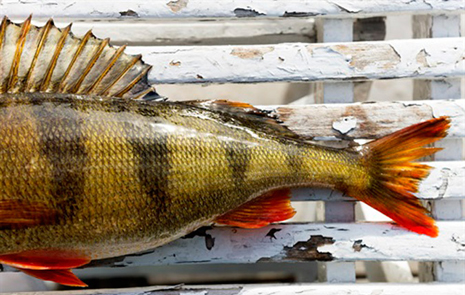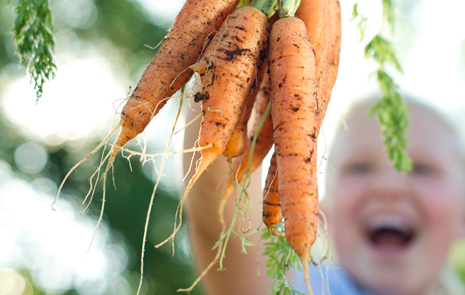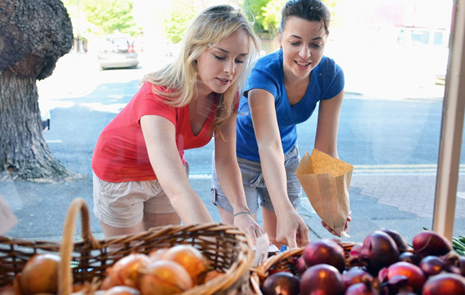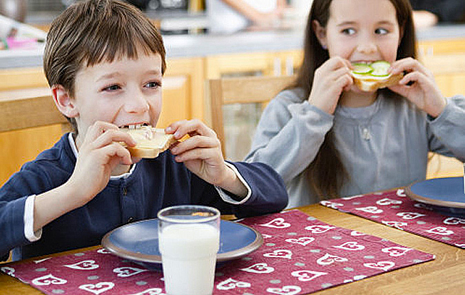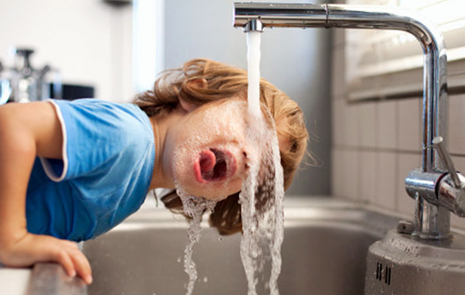Meat – beef, lamb, pork and chicken
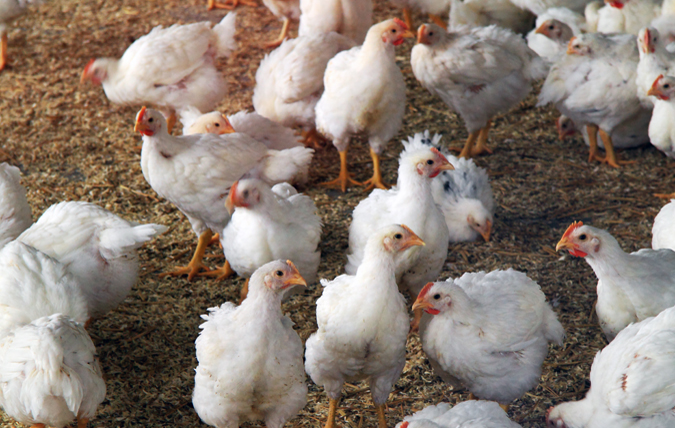
The latest national food survey shows that Swedes consume 50 to 55 kilo meat and meat products per year. At the same time, meat is the kind of food that has the greatest impact on environment. This means that it makes a big difference if we reduce our meat portions or swap a couple of meals a week that contain beef, lamb, pork or chicken for vegetarian alternatives.
What to think about when choosing meat?
It is true that meat is one of our most important sources of iron and a good source of protein, but there is no need to eat as much meat as we do today, from a health perspective. On the contrary, it is beneficial to cut down on meat and meat products because that can reduce the risk of colon and rectal cancer.
What should we think about when choosing meat? That depends on which environmental aspects we feel are most important. Although beef and lamb are bad for the climate, meat from animals that keep land open (that would otherwise become overgrown) through their grazing can be a positive factor for biodiversity. This applies especially to animals that graze on natural pastures.
Meat from animals that are raised on fodder that has not been sprayed very much or at all, e.g., organic alternatives, contribute to a non-toxic environment.
Impact on the climate
Animal production accounts for almost 15 percent of the world's total greenhouse gas emissions. Cattle and sheep, because ruminants generate particularly large quantities of greenhouse gases. Beef available on the Swedish market accounts for approximately 23-39 kg greenhouse gases/kg meat and lamb for 13-22 greenhouse gases/kg meat.
Pigs and poultry cause much lower emissions (approximately 8 and 3 kg greenhouse gases/kg meat, respectively). Organically-produced chicken can, however, generate higher greenhouse gas emissions than chicken farmed conventionally, because such birds are raised over a longer period of time, which means that they need more feed. When it comes to beef and pork, though, there is no significant difference between organic and conventional systems.
For cattle and sheep, the kind of pasture affects the emission of greenhouse gases. Pastures and other well-managed grasslands that are rarely ploughed store carbon for a long time and can therefore function as so-called carbon sinks, which reduce the emission of greenhouse gases. On the other hand, changing the use of land, such as when savannahs are converted to pastures, or when rainforests are cut down to make way for animal production, large quantities of greenhouse gases are released.
The mineral fertilisers and manure that are used in the production of feed crops and the energy needed for growing feed, also contribute to the emission of greenhouse gases.
Transportation can also generate greenhouse gases. Since keeping livestock in itself generates such large quantities of emissions, the proportion that comes from transportation is comparatively small. At the same time, large volumes of feed and meat are transported, and meat also needs to be kept refrigerated during transportation.
Overall, this does have an impact on total greenhouse gas emissions. How much emissions are generated depends on how far, how efficiently and by what transport method the product is shipped. Transportation by train and boat results in lower emissions than by air and long distances by truck.
(Environmental quality objective: Reduced Climate Impact)
The use of pesticides
Pigs and poultry feeds contain a larger proportion of cereals than feeds for cattle and sheep. Considerably more pesticides are used in growing cereals than in the cultivation of roughage, which cows and sheep mainly eat. Pigs and poultry, and also cattle, are often given soybeans, which requires large quantities of pesticides to cultivate.
Chemical pesticides are not used in organic production, but the amounts used in conventional production varies. In countries with a colder climate, the problem of pests and diseases is often less significant, so that, in general, smaller quantities of pesticides are used than in warmer countries.
The effect on the agricultural landscape and plant and animal life
In a varied agricultural landscape, pastures need to be kept open in order to preserve the variation in the landscape and biodiversity. Cattle and sheep that graze contribute to a rich agricultural landscape – open landscapes –, which are important for maintaining a rich diversity of flora and fauna. This applies especially to animals that graze on natural pastures. However, meat production can also have a negative effect on plant and animal life, such as when large areas of forest are cut down so as to make way for livestock and fodder production.
Pigs and poultry do not contribute significantly to a varied agricultural landscape or plant and animal diversity.
Eutrophication
Eutrophication is an environmental problem that is partly due to the leakage of the nutrients nitrogen and phosphorus from farmland. The discharge of nutrients from the raising of animals depends on what feed they are given and how much they eat; that is, how much land is used for fodder production and grazing. The use of land and the production of farmyard manure are greater for beef production than for the production of pork and chicken, and can therefore result in the discharge of more eutrophicating substances per kg of meat. Discharge from agriculture falls when the number of animals that are raised on cultivated fodder decreases.
How great the eutrophicating effect will be from the discharge also depends on the type of soil , whether the farmland is situated near to a watercourse and how sensitive that watercourse is.
This information has been compiled in cooperation with the Swedish Environmental Protection Agency.
